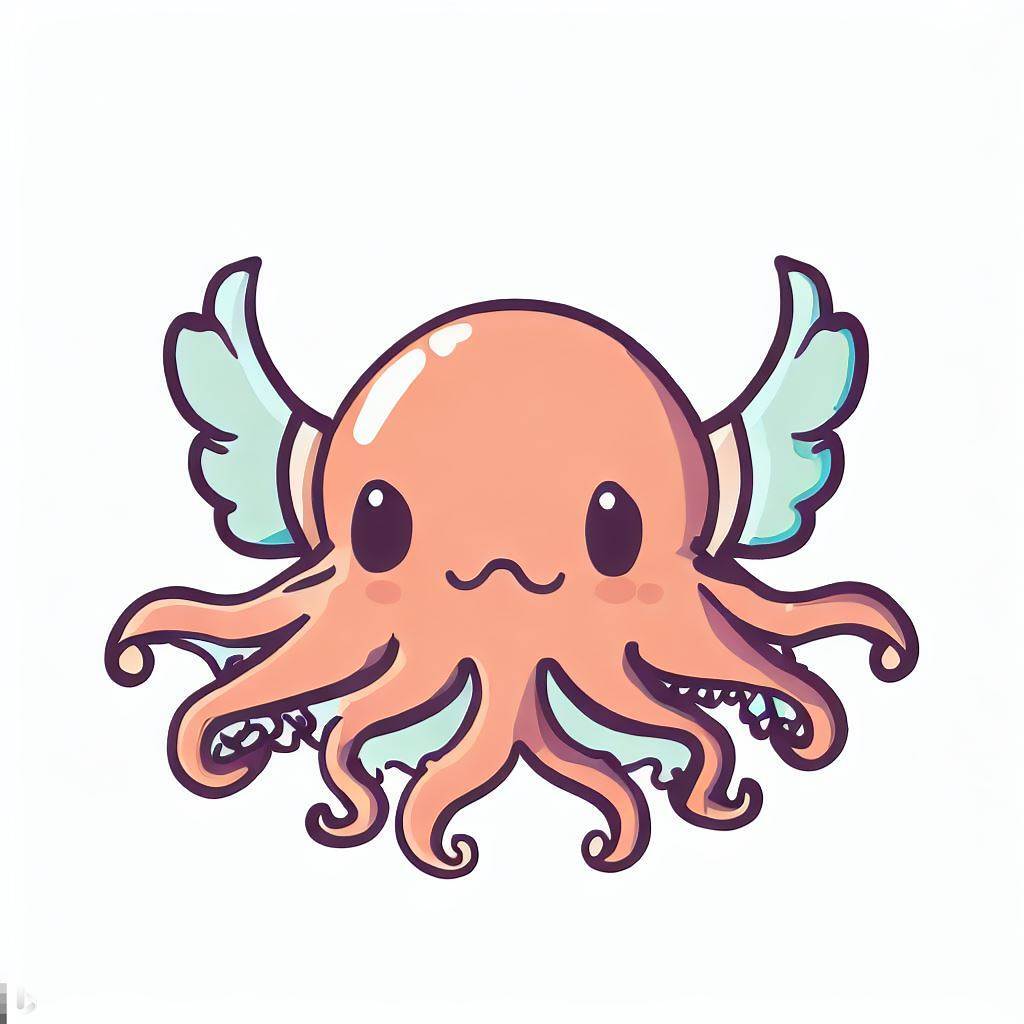I am looking to purchase a 3D printer as a hobbyist, not for any commercial use. I have limited options with local 3D printers but that’s good as they’re mostly cheaper low end printers so I can look at them thoroughly.
When I’m comparing the different 3D printers I’m mainly looking at the following: Cost, nozzle diameter, layer height, volume, and viable filaments.
My question is, is there anything else I’m missing? Are there important things I should be considering or avoiding?
Different printers have different resolutions but for my purposes it looks like they’re all highly accurate and way past what I need. Not worried about speed either. They all mention bed and nozzle temperatures but I assume they are all within the necessary range for the filaments they allow right? So does it matter?
Also, any advice for maintenance? How to make it last as long as possible any mistakes I should be wary of. Thanks.
What matters :
- Auto calibration of Z-offset (multi-points). Your bed will warp with time and you don’t want to fight with it.
- PEI magnetic bed. You don’t want to fight with your things not sticking to the bed - or sticking too much. You may still have issues but less.
You will be happy with this as a cheap starter printer around 200$.
After some time, you may want to print bigger things, faster, and with ABS/ASA for technical parts. Then you could invest in a bigger printer, faster, hot and with an enclosure for ABS fumes and warping issues. The budget for this is 600-1000$.
If your options are limited, it might be helpful to list them.
Cost is obviously a big factor. Almost every printer can change to any nozzle size and layer height for just the cost of the nozzle. Print volume is a major limitation, depending on your use case. The filaments it can print will probably be the same across any relatively low cost printers, with the only significant change being direct drive vs. Bowden.
Bed leveling is huge, and makes probably the most difference in print quality on low cost printers these days. If there’s an easy way to tension the belts, that’s a plus. If there isn’t a power switch on the front (or even if there is), a emergency stop switch can be a help, like if the nozzle is running into the bed.
Maintenance varies from printer to printer, generally you’re aiming for tight but not too tight on any belts or rollers. If the pulleys on the motors aren’t preinstalled, use something like loctite blue to fix them in place better.
Also make sure if you plan to buy a printer that it’s got a decent amount of community around it. Running into the same problems with a bunch of other people is a big plus as a beginner, so popular printers are better.
Teaching Tech made a calibration guide website that I’ve had a lot of good experiences with.
I bought a Ender-3 V2 Neo on Black Friday for €168. Has been a great buy and I have learnt a lot tweaking it. Maybe there are better printers out there I am unaware of, but as a starter I’d highly recommend it.
Bambu P1S
For those downvoting, please explain why you disagree so much that you feel the need to downvote.
Not one of the downvoters, but the P1S is very expensive for a 1st printer IMO.
Bambu themselves offer the much lower priced A1 and A1 mini printers, which would probably be a better suggestion here despite them being bedslingers.
I’m not really a Bambu fan myself given the proprietary nature of their hardware, but they have the market pretty much cornered for the lowest priced, multi-material printers
I appreciate the reply. OP stated in another comment that their budget is at least $1000. They also stated they are interested in a higher variety of filament. That points to the P1S being the most fitting of the Bambu lineup.
The ‘closed source’ argument is really up to the individual. Personally I’ve found no real issue with it or any real evidence that it’s a real concern for the future. The only real downside I’ve seen with Bambu is some bad experiences with customer support. However, I believe that’s a risk regardless of manufacturer.




